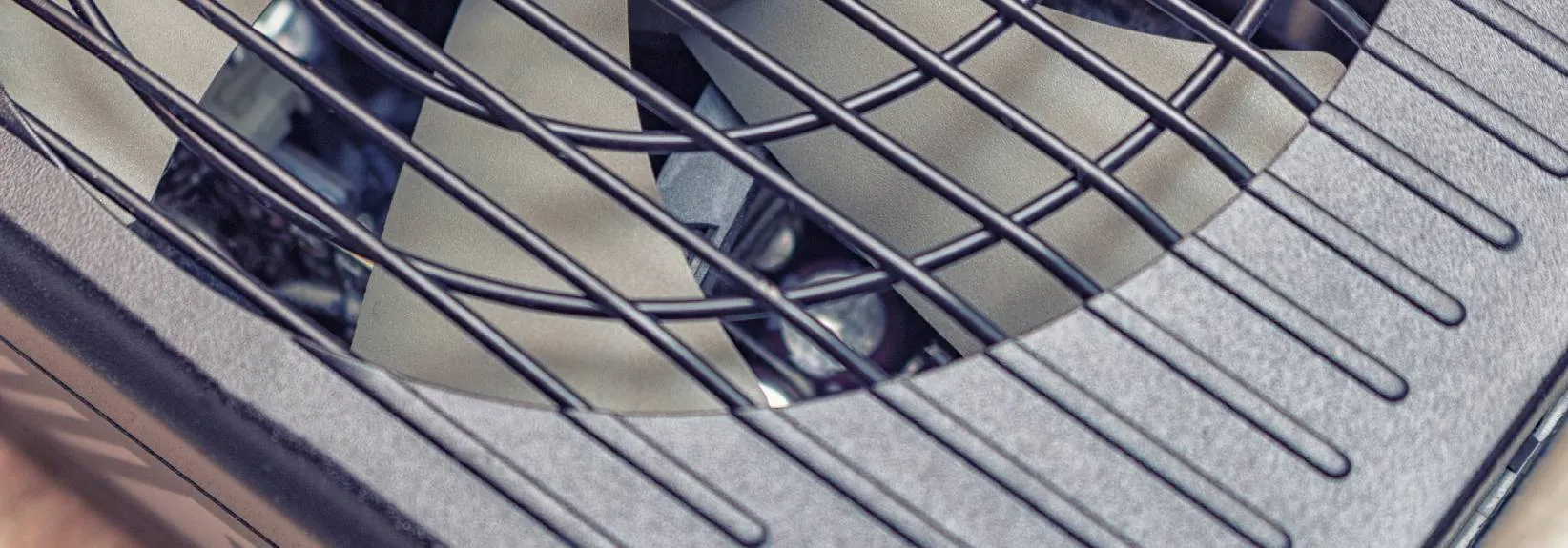What Is a Blower Motor?
When troubleshooting HVAC issues, you may read the term “blower motor” and wonder what it means. This crucial part of your HVAC acts as the lungs of your heating and cooling system. The blower motor powers the flow of heated and cooled air, so that your home stays comfortable all the time.
It’s not necessary that you appreciate every detail of your HVAC system to keep it operating smoothly. But, understanding a little about the blower motor simplifies operation and occasional troubleshooting.
What Does a Blower Motor Do?
The blower motor in a forced-air heating and cooling system powers the fan that blows air throughout your home and pulls it back into the HVAC for reheating or cooling. The kinds of HVAC systems that use blower motors include furnaces, air conditioners, heat pumps and ductless mini-splits. When your thermostat senses the temperature falling out of the set comfort zone, the blower motor springs into action. This turns on the fan, forcing hot or cold air out of the unit, through the ductwork—or right from the air handler in the case of a ductless system—and into your living space.Where Is the Blower Motor Found?
The blower motor’s exact location can be in different places depending on the type of system:-
- A furnace blower motor is usually located in the base of the unit close to the air filter.
-
- An air conditioner typically shares the furnace’s blower motor to distribute cool air in the summer cooling season.
-
- A heat pump blower motor is located within the air handler, the indoor portion of this single-unit heating and cooling system.
-
- A ductless mini-split blower motor is situated inside the wall-mounted unit, often behind the air handler casing.
Types of Blower Motors
Understanding the two main kinds of blower motors can help you select the right option for your home comfort needs.-
- A single-speed motor, as the name implies, works at one speed and powers off when the desired temperature is achieved.
-
- A variable-speed motor operates at a range of speeds, adjusting the speed to changes in heating and cooling demands. This is normally the quieter, more energy-efficient choice for homeowners. It also offers more consistent indoor temperatures for improved comfort.
Signs of a Blower Motor Gone Bad
If your home suddenly isn’t as comfortable as normal, your blower motor might be the culprit. Watch out for these signs of a bad blower motor:-
- Weak or no airflow from vents: Limited airflow makes your home heat or cool more slowly, leading to discomfort and inefficiency. A complete lack of airflow might suggest total motor failure, which calls for swift evaluation from an experienced HVAC professional like the team at Rob's Albertan Service Experts.
-
- Odd noises: Strange sounds like grinding or squealing could be warning signs of worn-out bearings or a misaligned motor. These noises are not only aggravating but can signal impending failure.
-
- Concerning smells: A burning smell may indicate an overheating motor, a serious issue requiring fast intervention to prevent the problem from getting worse.
-
- Increased energy expenses: A blower motor that runs harder than necessary because of an underlying issue burns more electricity. This inefficiency can cause a significant surge in your energy bills.
-
- HVAC unit overheating: Overheating can occur when the motor struggles due to friction or a mechanical issue. This can bring on a complete system breakdown if not addressed promptly.
What Causes Blower Motor Failure?
A blower motor can go bad for many reasons, including:-
- Moisture buildup: Water in the wrong places can spell trouble for your blower motor. Moisture can corrode metal parts and cause electrical shorts that can gravely impact the motor’s ability to run.
-
- Debris accumulation: Dust and dirt clogging pieces of the motor can cause it to overheat or fail completely.
-
- Worn-out bearings: Bearings minimize friction in the motor. When they wear out, they overwork the motor, leading to premature failure.
-
- Blower motor resistor or fan concerns: Problems with the resistor or fan can impact how the motor responds to demands for more or less air. These issues can result in system inefficiencies and require immediate repair.
-
- Temperature control problems: If the motor can’t correctly regulate the temperature, it could begin to run continuously, which can cause wear and tear and eventually failure.
-
- Electrical challenges: Faulty wiring or other electrical malfunctions can lead to sporadic motor operation or a complete breakdown.
-
- Old age: Like any mechanical product, blower motors have a limited life span. As they age, elements wear out and failure becomes more likely.

